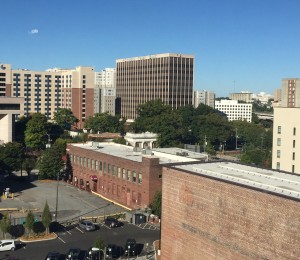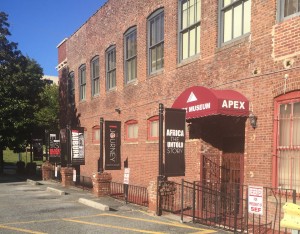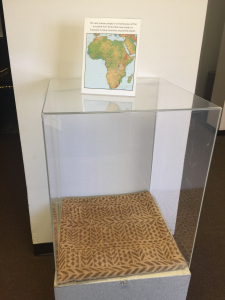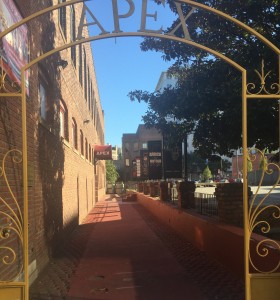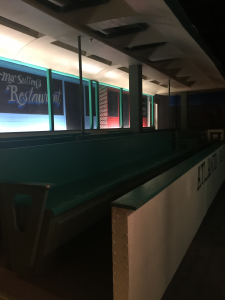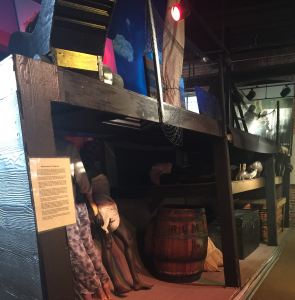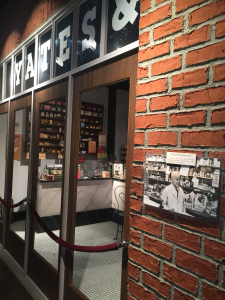Annotation of “The Innovation Campus”
Alexandra Lange writes an article persuading audience on how innovative campus are the ways to a successful future in education. “Where once the campus amenities arms race was waged over luxury dorms and recreation facilities, now colleges and universities are building deluxe structures for the generation of wonderful ideas.”(Lange, p. 1)

https://static01.nyt.com/images/2016/08/07/education/07INNOVATION2/07INNOVATION2-superJumbo-v2.jpg
Lange contradicts her argument of innovative campus because she states that not much research have confirmed that the way a building is made effects learning abilities “Though studies have shown that proximity and conversation can produce creative ideas, there’s little research on the designs needed to facilitate the process.” (Lange, p. 4)

https://static01.nyt.com/images/2016/08/04/education/07cornell-rendering/07cornell-rendering-master675.jpg
Georgia State University is very different from the campuses Lange describes as innovative. “Staircases and halls are wide and often daylit, encouraging people to dwell between their appointments in hopes of having a creative collision.”(Lange, p.6) Hallways at GSU are often small and compact with students rush trying to get to one place with little to no social interaction between passersby.
“No one has a private office at the Bloomberg Center, the primary academic building, and opaque walls are few. The only spaces faculty members can truly call their own are lockable storage cabinets, with carts for equipment.”(Lange, p. 11) I wonder how much space GSU would have without so many offices for every professor; however, I don’t think it is essential to get rid of the offices because one on one with you professor is very beneficial to students.
Original article can be found at http://www.nytimes.com/2016/08/07/education/edlife/innovation-campus-entrepreneurship-engineering-arts.html?_r=0
